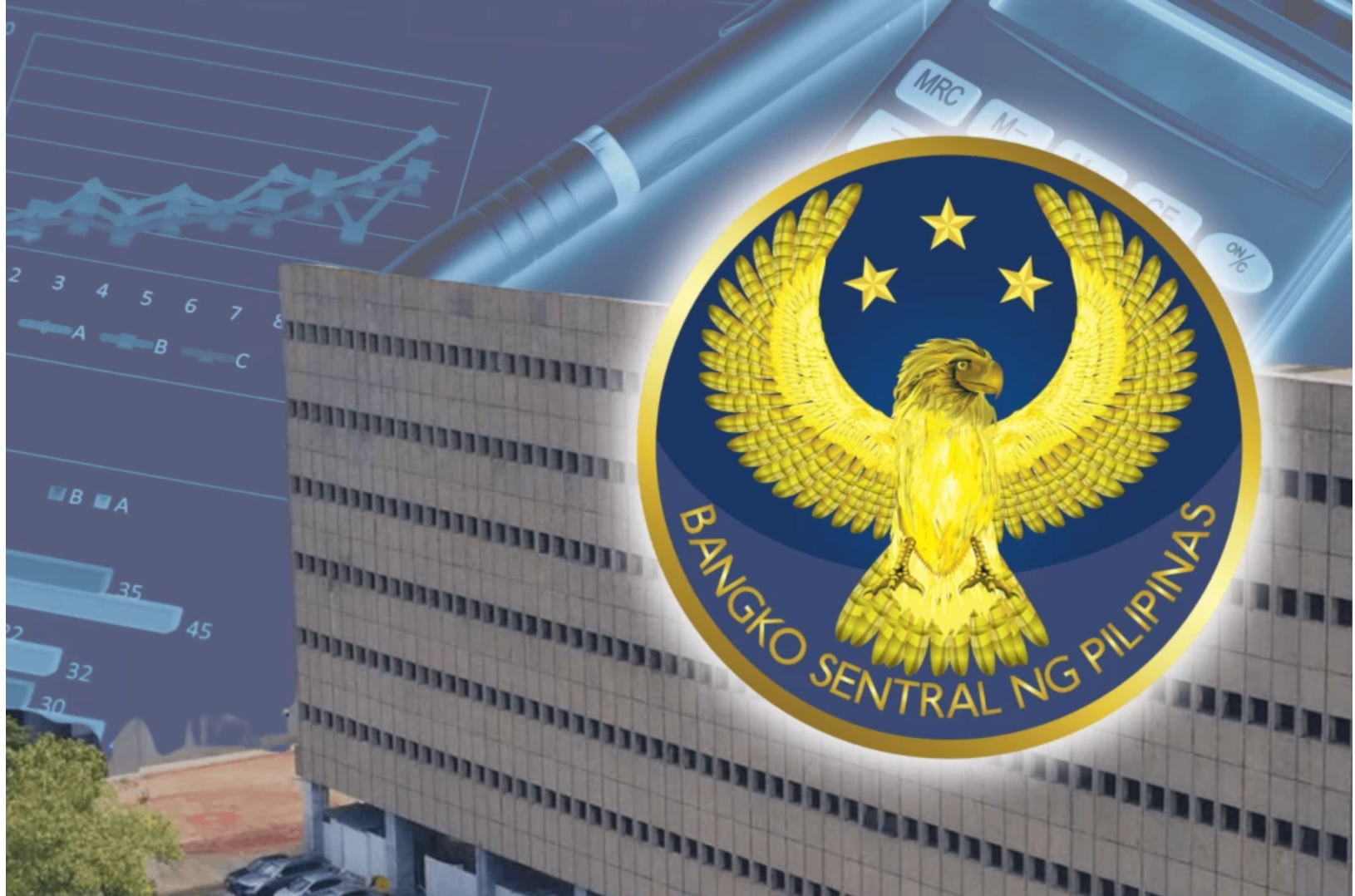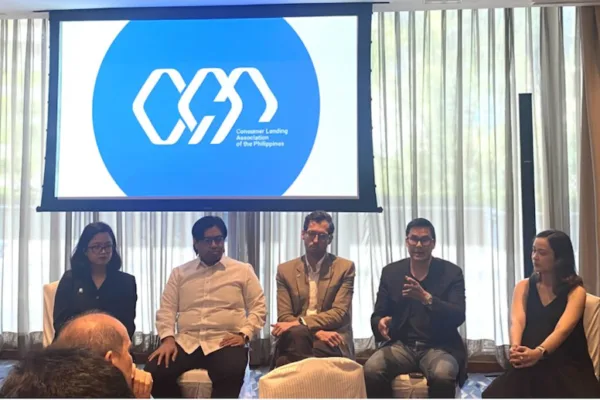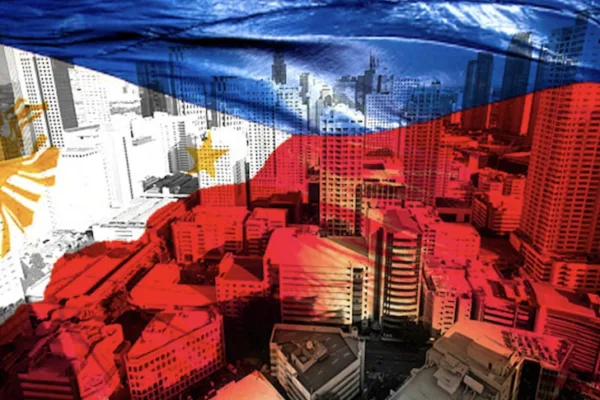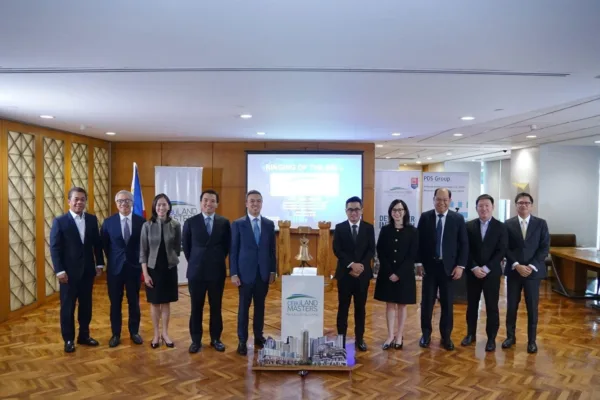The Philippines’ financial outlook presented a mixed yet largely positive picture in the first half of the year. The nation’s balance of payments (BOP) swung back to a surplus, while the central bank forecasts continued, albeit contained, inflationary pressures.
This dual-track performance highlights the country’s resilience in a volatile global economy while underscoring the ongoing challenge of domestic price stability.
In a significant turnaround, the country’s BOP recorded a US226 million surplus in June 2025, a notable reversal from the US155 million deficit recorded in the same month a year prior. This BOP performance provided a welcome boost to the nation’s external position and signaled renewed confidence in the Philippine economy.

The Bangko Sentral ng Pilipinas (BSP) attributed the surplus to foreign currency deposits made by the national government and healthy income from the BSP’s own investments.
This positive development has a ripple effect on the country’s overall financial health. The June surplus helped to narrow the Philippines’ year-to-date BOP deficit from US5.8 billion in January–May to a more manageable US5.6 billion as of end-June.
While the trade in goods deficit continues to be a primary drag, its impact was softened by sustained net inflows from key sectors, including personal remittances from overseas Filipinos, foreign borrowings by the national government, and foreign portfolio investments.
Reserves strengthen to cushion external shocks, but BSP flags inflation risks

Mirroring the BOP surplus, the country’s gross international reserves (GIR) also saw a significant increase, climbing to a robust US106.0billionbytheendofJune,upfromUS105.2 billion a month earlier.
This substantial reserve level serves as a crucial external liquidity buffer, providing the nation with a financial safety net against unforeseen economic shocks.
According to the BSP, the current GIR can cover approximately 7.2 months’ worth of goods imports and payments for services and primary income. It also provides a strong hedge, covering about 3.4 times the country’s short-term external debt.
This fortified position enhances investor confidence and provides the government with greater flexibility in managing its economic policies.
BSP stays watchful as inflation risks loom

Amid these external gains, domestic price stability remains a key focus for the BSP. The central bank projects that July 2025 inflation will settle within the range of 0.5 to 1.3 percent, a slight moderation from the 1.4% recorded in June.
While this falls well within the BSP’s target range, the central bank highlighted several factors that could push prices upward in the coming months. The report pointed to higher meat and vegetable prices, largely due to unfavorable weather conditions affecting crop yields.
Additionally, increased electricity rates, elevated domestic fuel costs, and the continued depreciation of the peso against the US dollar are expected to contribute to inflationary pressures.
These price hikes could, however, be partially counteracted by the ongoing decline in rice prices, a staple commodity for most Filipino households. The BSP affirmed its commitment to a data-dependent approach to monetary policy, stating it will continue to closely monitor developments that may affect the outlook for both inflation and economic growth.
This careful balancing act is essential to ensure that monetary policy decisions support economic momentum without compromising the purchasing power of Filipino families.
Economic policy in a complex environment
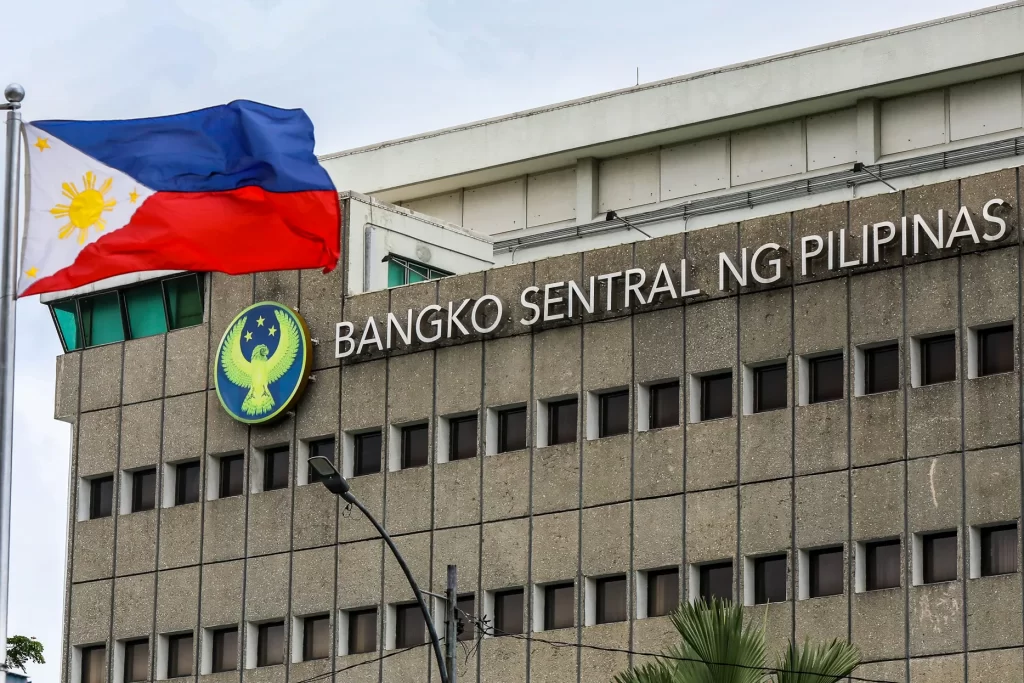
The first half of the year saw the BSP navigate a complex policy landscape.
With inflation easing but risks persisting, the central bank has a delicate task. A continued low-inflation environment could provide the BSP with room to further ease interest rates, potentially stimulating economic activity.
However, a sudden spike in prices, driven by global commodity price volatility or domestic supply chain issues, could force a more hawkish stance. The central bank’s vigilance is key to managing these two-sided risks, ensuring that its policies remain responsive and effective.
The government’s fiscal strategy also plays a vital role. The national government’s foreign currency deposits, which contributed to the recent BOP surplus, are a testament to its proactive approach in securing funding for its infrastructure and social programs. This coordinated effort between fiscal and monetary authorities is critical for sustaining economic growth and creating a stable environment for businesses and consumers alike.
In the end, while the Philippines celebrates a significant improvement in its external payments and reserves, the central bank maintains a vigilant stance on persistent domestic price pressures. This dual focus highlights the ongoing challenge of balancing economic growth with the need to protect consumers from the impacts of inflation. The path forward for the second half of 2025 will require careful policymaking and continued resilience to ensure the nation’s economic gains are both sustained and inclusive.




